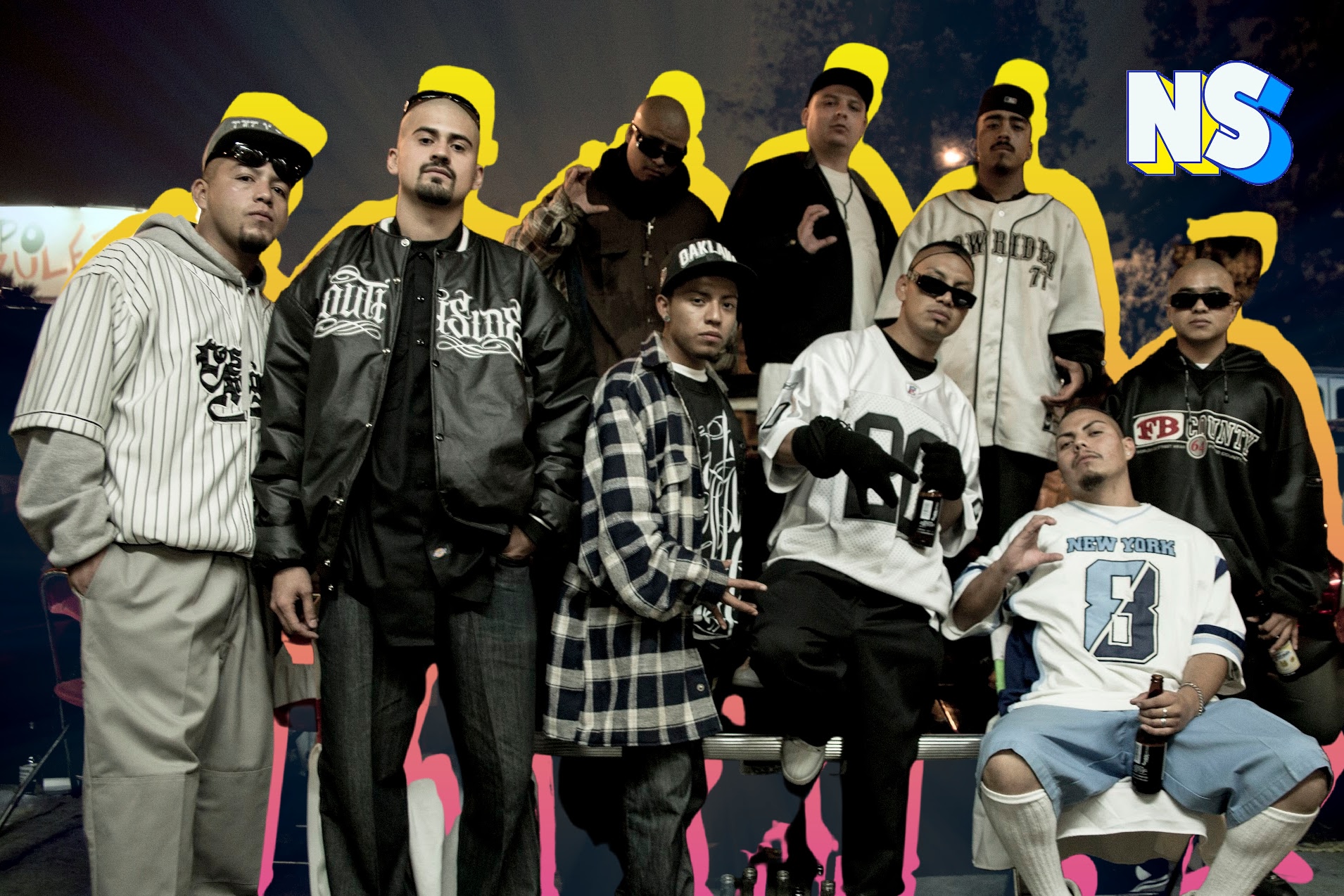Credit: Lorin Granger/HLS Staff Photographer
When you think of the word "cholo," perhaps tattoos and thinly painted eyebrows come to mind. However, did you ever wonder where the term actually comes from?
The word "cholo" has multiple origins and meanings depending on the context and geographical location. It is a common word in the United States, particularly in communities with significant Mexican-American populations, like California, Texas, Arizona, and New Mexico.
The word can be traced back to the Aztecs
In Mexico, the word "cholo" dates back to the Nahuatl word Xoloitzcuintlil, which refers to a breed of dog also known as "the Mexican Hairless dog." Xoloitzcuintli dogs have a long history in Mexican culture, and various indigenous civilizations considered them sacred, including the Aztecs and Maya.

When the Spaniards arrived in Mexico, they created a caste system. Many believe they would use "Xolo" as derogatory and directed at Indigenous people or Mestizos.
Over time, the term "Xolo" evolved into "cholo" to describe a person of mixed indigenous and European ancestry.
In the 1940s, a class system prevailed once again, this time in "el Norte," with White America at the top of the social pyramid while other groups were relegated to the bottom.
'Cholo’ is a symbol of resilience and identity
Thereafter, Mexican-American youth found themselves caught between the American lifestyle and Mexican tradition, embodying the Zoot suit and Pachuco lifestyle to navigate this cultural dichotomy. As time passed, the Pachuco lifestyle gradually transitioned into the emerging culture of the Xolo "Cholo."

This transformation became evident with significant events such as the zoot suit riots and the Chicano movement, which gave rise to a new cultural identity.
By the 1960s, Chicanos fully embraced the term "Cholo" as an integral part of their culture.
Influenced and inspired by their surroundings, they began to take pride in their struggles, hardships, ancestral roots, and the spirit of revolution.
The term "Cholo" became then a symbol of resilience and identity, embodying the experiences and aspirations of the Chicano community.





